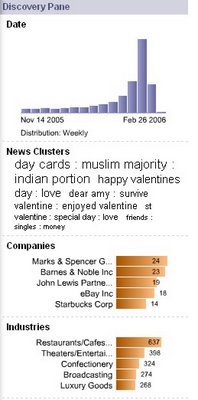Successfully marketing the outflow of power plants…
Who’d have thought that there was any good news in the outflow from a power plant?
I couldn’t help but find an excuse to ahem…brag about my trip this weekend to Reykjavik, the capital of Iceland, and the northern-most capital in the world.
Yesterday, I visited one of Reykjavik’s most famous attractions – the Blue Lagoon. Sounds tropical huh! About as tropical as anything could sound in a country you’d expect to be covered in ice.
So there I was, swimming in the outflow of the Svartsengi geothermal power plant – in a lake full of mineral-rich seawater heated by underground lava. While the outside temperature was about 1C, the water was a bubbling 30C (and hotter in some parts).
Some 70% of visitors to Iceland visit the lagoon. It is believed that the combination of silica mud, salt and blue-green algae can cure psoriasis and eczema. Of course it’s also nice just to have a relaxing soak in a bizarre steamy setting in the middle of a lava field.
That some Icelandic entrepreneurs were able to cash in on this natural phenomenon and market it to the world is amazing. That I’m not glowing green today, is even more amazing!














